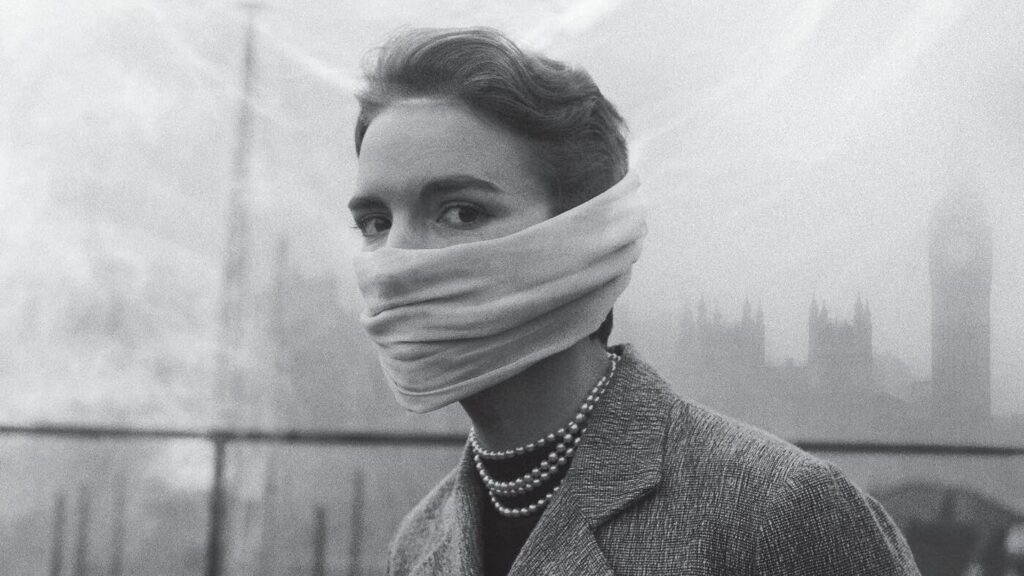On December 5, 1952, the Great Smog of London descended due to a combination of bad weather conditions and severe air pollution. The smog dwelled upon the British Capital for five days. The toxic air and absolute lack of visibility were definitely hazardous, but how bad was the so-called Great Smog?
The Great Smog of London was so bad that pedestrians couldn’t see their feet. Some of the 4,000 people who died in the five days didn’t have lung problems, they drowned after falling into the Thames River because they did not see it.
What Caused the Great Smog?
The Great Smog of London, also known as the Great Smog of 1952, was a significant air pollution event that affected the British capital in December 1952.An anticyclone and windless circumstances combined with abnormally chilly temperatures gathered airborne pollutants that were mainly from the use of coal and built a dense blanket of haze over the city. The smog lasted from Friday, December 5 to Tuesday, December 9, 1952. It quickly dispersed when the weather changed. (Source: Met Office UK)
The Price of London’s Deadly Smog
The Great Smog of London was incomparable to the past smog occurrences, which were known as pea-soupers. Visibility was highly reduced and the smog even penetrated indoors and caused substantial damage to properties and even human casualties. According to the government medical studies that were conducted in the weeks following the occurrence. There were about 4,000 people who died as a direct result of the smog. In addition to this, 100,000 more became ill due to the pollution’s effects on the human respiratory tract. However, in a more recent study, the fatalities could have been much higher, with estimates ranging from 10,000 to 12,000 people killed. (Source: Science)
How Did the Great Smog Affect London?
Except for the London Underground, all public transportation was suspended. Even ambulance services were stopped. This forced patients to drive themselves to the hospital in the hazardous condition. Concerts and cinema screenings were canceled as visibility decreased even in large enclosed venues and stages, and screens became more difficult to see from the seats. Outdoor sporting events have also been canceled. The dense fog on the back streets of the inner London suburbs and away from town centers was not thinned out by moving traffic. As a result, visibility was reduced to less than a meter during the day. Leaving the house became quite dangerous that it was a matter of moving one’s foot to detect potential hazards such as road curbs. This was incredibly difficult at night because each back street lamp had an incandescent light bulb at the time, and did not provide enough light onto the pavement for pedestrians to see where they were going or even if they would hit a lamp post. The fog-penetrating fluorescent lamps were not widely available until the late 1950s. And smog masks were worn by those who could buy them from chemists. (Source: The Guardian)
The Environmental Impact of the Great Smog
Environmental regulations, such as the City of London Various Powers Act 1954 and the Clean Air Acts of 1956 and 1968, have reduced air pollution since 1952. These laws were set into place after the horrific experience of The Great Smog
Households were given financial incentives to replace open coal stoves with alternatives like installing gas fires or using smokeless fuel instead. Central heating by using gas, electricity, oil, or an approved solid fuel was unusual in most homes and did not become popular until the late 1960s. Despite advances, little progress had been made to prevent another smog disaster ten years later, in early December 1962. (Source: The BBC)
